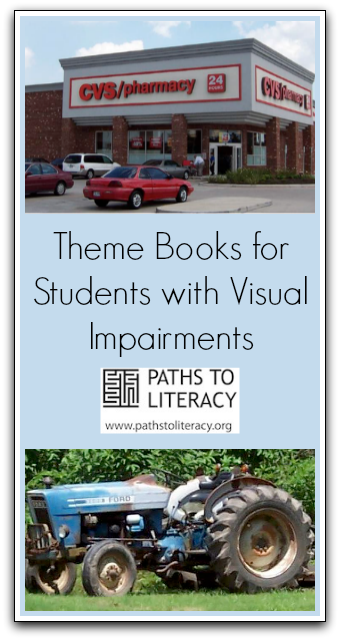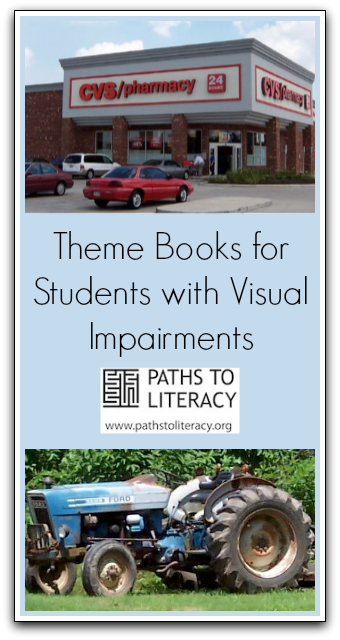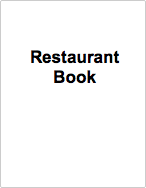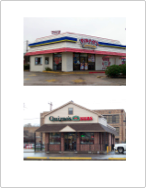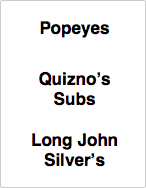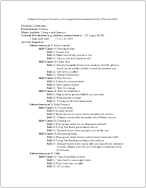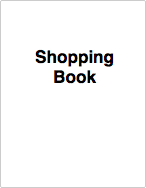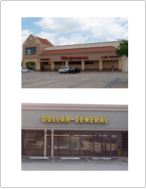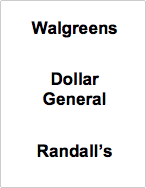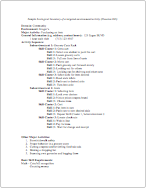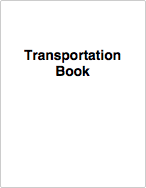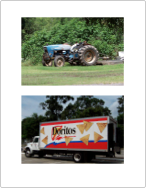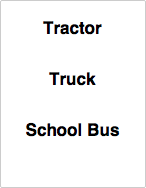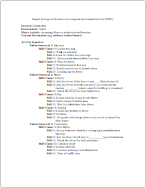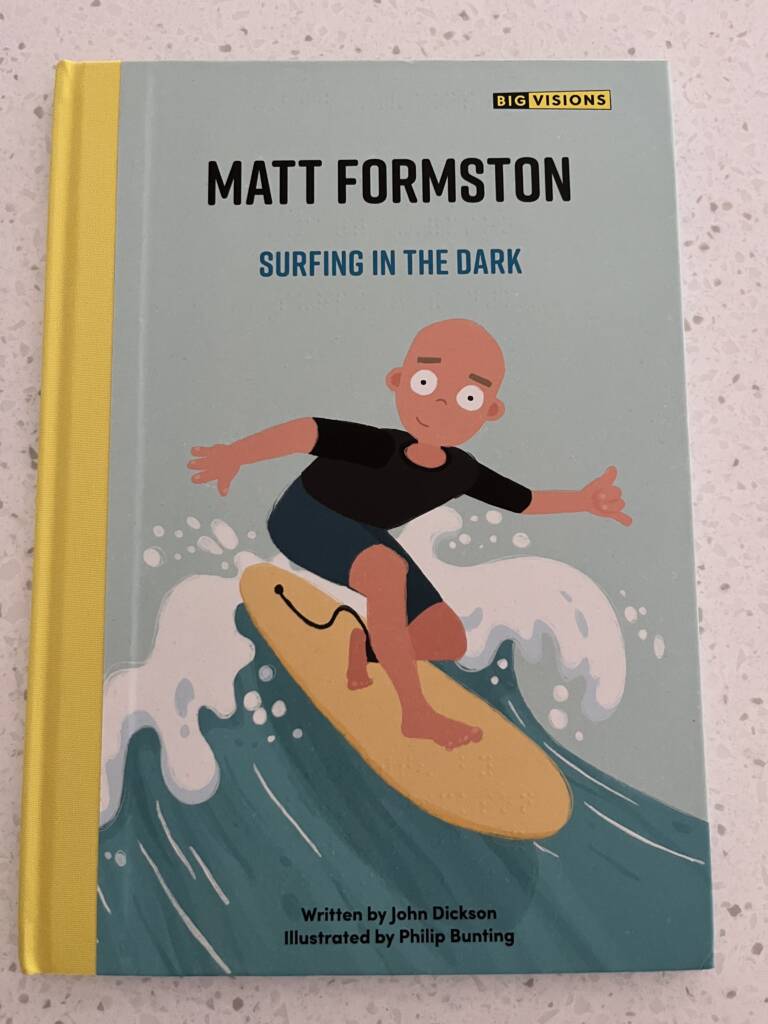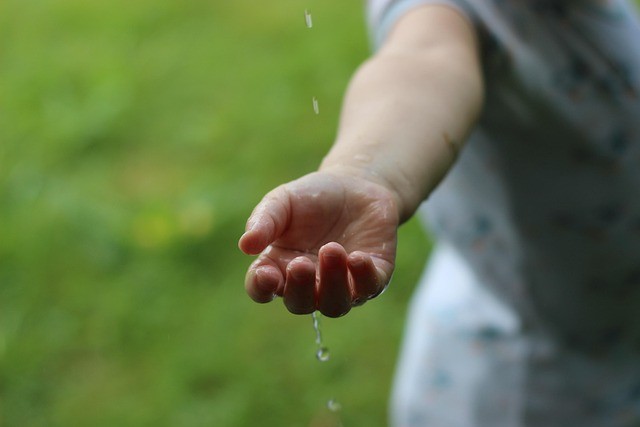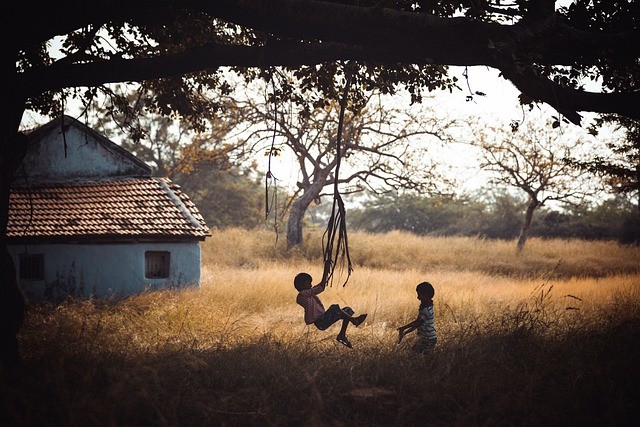I created these books for my low vision students in life skills and classrooms of students with multiple impairments. These were my way of trying to help add to their functional vocabulary. I created a “Teacher’s Guide” to go with it to help the teachers out when I was not present. I gave them the CD of the materials so that they could reproduce the quantity they needed after I gave them the first set. Originally it was just the books. Then it expanded into files of the words and then the pictures for matching activities.
What Is the Purpose of Theme Books?
The purpose of these books is to assist in the implementation of the life skills objectives before the student accesses the different environments based on the different themes, as students with multiple disabilities will require additional time for this. Trips in the community need to be done following trainings in the classroom that include, but are not limited to: role-play, theme books instruction, and survival vocabulary related to the environment. Participation in school events and community outings must be planned and researched in advance to taking the trips.
What Is the Best Way to Use the Books?
The books may be used in the book format and the pages may be moved to suit the student’s needs. Originally, the pages are in alphabetical order, but pages may be rearranged once the student becomes more familiar with them. Line drawings of the pictures should be integrated slowly into the books as the pictures become more familiar to the student. It is optimal to work from the familiar to the unfamiliar. Include family members whenever possible.
The pages may be used as flashcards. The student may identify the picture or the words with the other section covered from view. The pictures may be discussed in detail (i.e. what color is the building? Are there any cars in the parking lot? Are there any people are in the picture?)
Pages from different books may be used in tandem with each other. For example, Metro and a grocery store may be used together as the trip into the community may involve taking Metro to the grocery store.
Pages can be removed if the student will be unfamiliar or not have access to the item on the page. Pages can be added by placing a 4×6 digital picture on the top of the page. The print size is 72 Arial font bold. A word of caution: use buildings the student is familiar with to start with. An unfamiliar architectural design may confuse the student. Pages may also be laminated to lengthen the life of the books. Laminating the pages will create a glare that will affect a student with low vision and their ability to see what is on the page. I recommend printing them instead on cardstock as this will prolong the life of the cards and help with the glare issue.
How Are the Three Books Designed?
The three books are bound by a color. My thought process was to try to make it simple for me to remember which was which as I grabbed the materials. Here is my rationale:
- Restaurant = Blue…”I get blue if I don’t eat.”
- Shopping = Black…”You got to be in the black to spend money.”
- Transportation = Red…”Stop and pay attention to the traffic flow before you go.”
Suggestions on how to use each of the books follows as well as a sample lesson plan based on Houston Independent School District’s “Ecological Inventory of a targeted environment/activity” outline for each of the three books is provided and an appendix listing the images included in each of the books.
Restaurant Book (Blue)
Suggestions for use:
- Discuss what food items can be ordered from the particular restaurant pictured.
- Ask the restaurant for sample menus to practice ordering in a classroom setting before taking a community-based trip to the restaurant.
- Discussions can include, but are not limited to: how one would get to the restaurant, behaviors needed, and attire.
- Practice handling money before going to the restaurant.
- Given 3 choices of words approximate to the restaurant name (one spelled correctly), which one is the same as the one on the page?
- Practice ordering (role-play)
- Match picture with a line drawn representation
- Locate a possible ‘quiet area’ for student to have calming area when out in the restaurant before taking the trip into the community.
Shopping Book (Black)
Suggestions for use:
- Discuss what items can be purchased from that particular store.
- Ask the store for a sample layout of what is in each aisle. If one is unavailable, creating one can become a class project. Use the layout of the aisles to discuss what can be located in each aisle or where one would find a particular item.
- Discuss how one would get to the store and behaviors needed.
- Practice soliciting aid.
- Shop for an item for the family (nonperishable item with money from home)
- Practice handling money before going to the store.
- Practice cutting out coupons and making grocery lists. Grocery lists can be pictured, written, large print, or brailled.
- Given 3 choices of words approximate to the store name (one spelled correctly), which one is the same as the one on the page?
- Match picture with a line drawn representation.
- Locate a possible ‘quiet area’ for student to have calming area while in the store before taking the trip into the community.
Transportation Book (Red)
Suggestions for use:
- Discuss each mode of transportation (i.e. when would you use a car? When would you use Metro?)
- Discuss accessing public transportation (i.e. how would you “catch” a bus? What questions would you ask the driver?)
- Discuss the picture in detail (i.e. what items would you guess that the truck is carrying? Where do you think these items would be delivered to?)
- Practice soliciting aid.
- Plan a trip using public transportation, include parents whenever possible.
- Given 3 choices of words approximate to the vehicle name (one spelled correctly), which one is the same as the one on the page?
- Purpose of each vehicle (i.e. destinations, personal or business, cargo or people)
- Take field trip to drivers license station (get Texas ID if in high school).
- Take field trip to Metro main station to complete Freedom Pass application process.
- Match picture with a line drawn representation.
- Locate a possible ‘quiet area’ for student to have calming area before taking the trip into the community.
